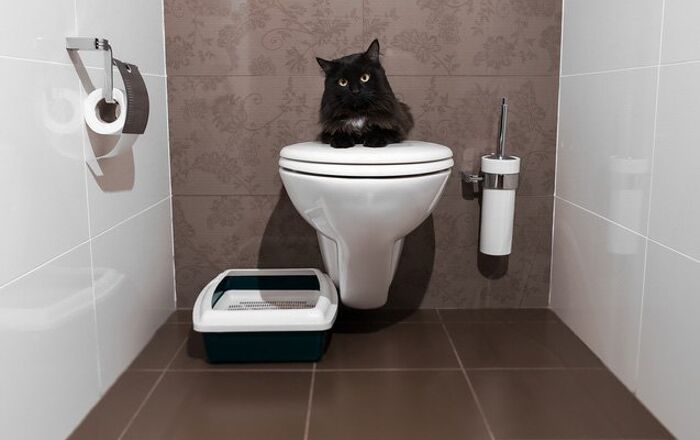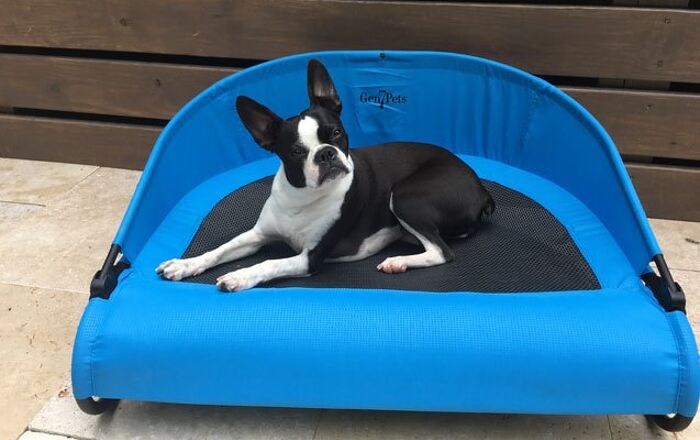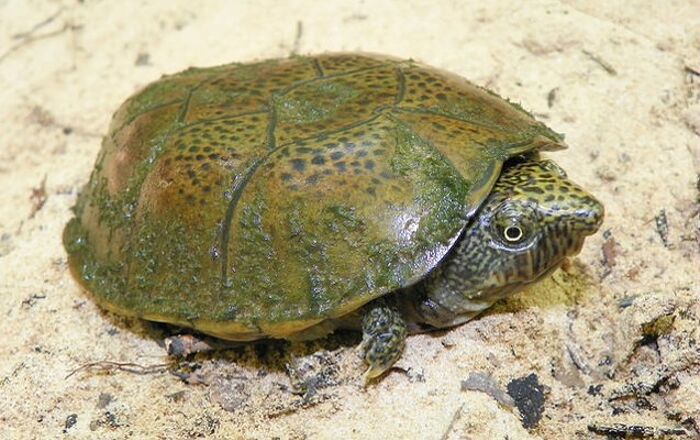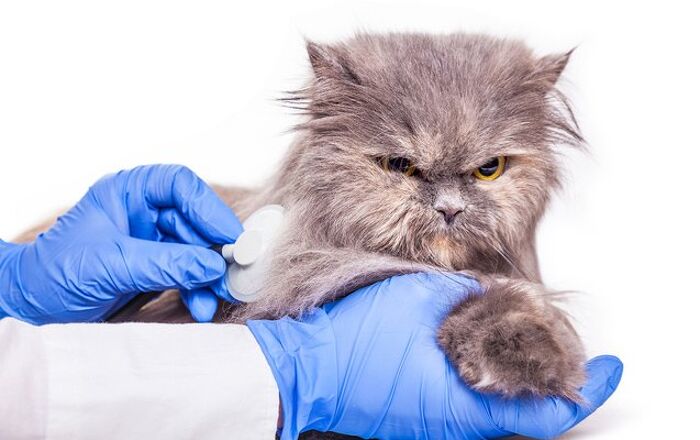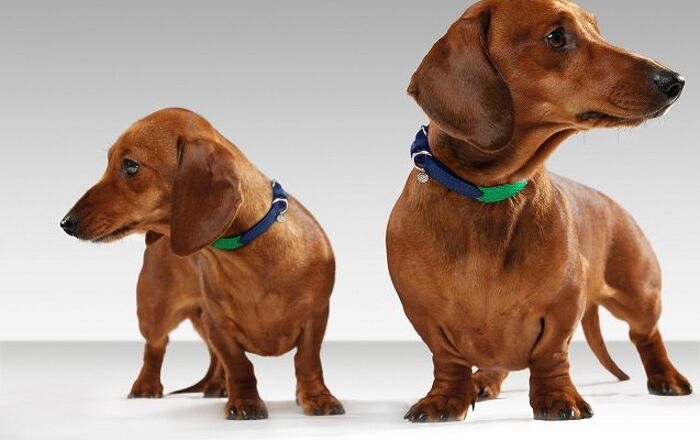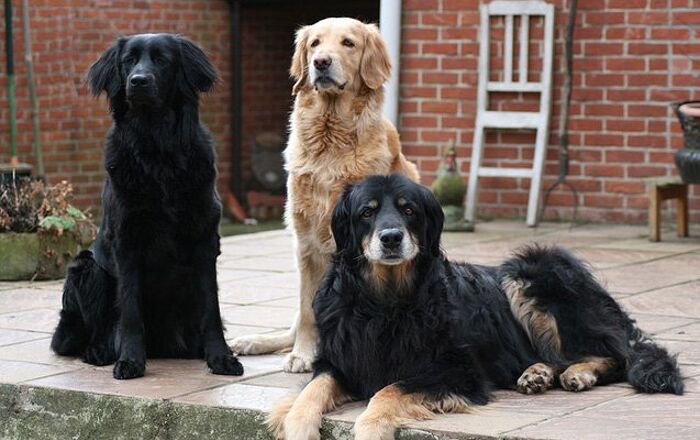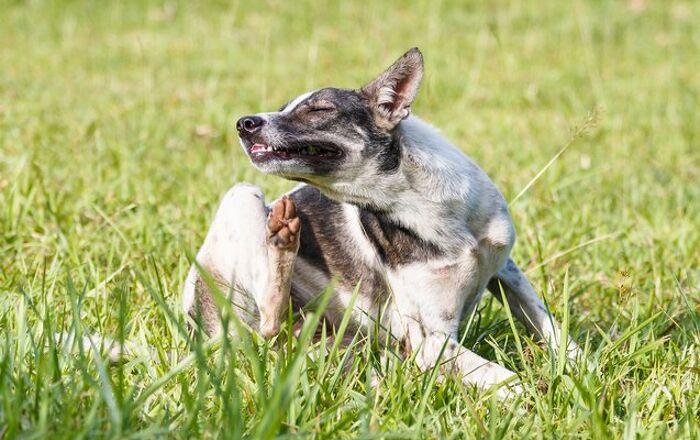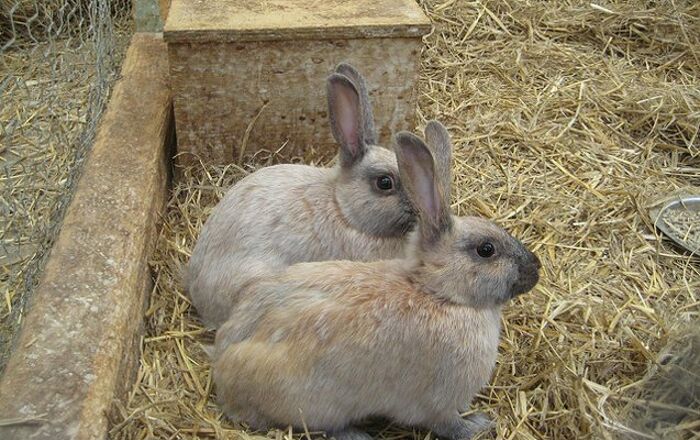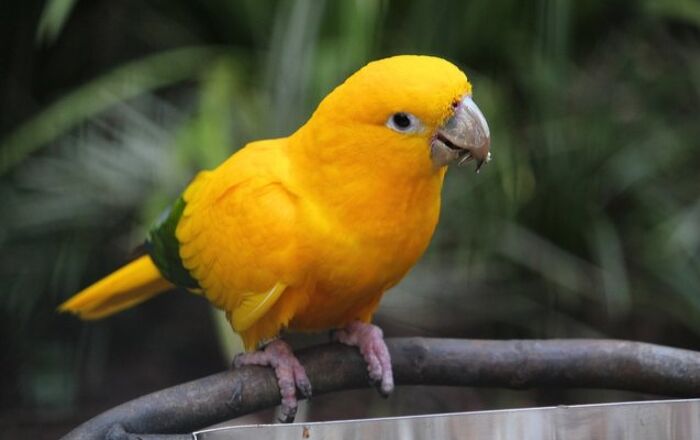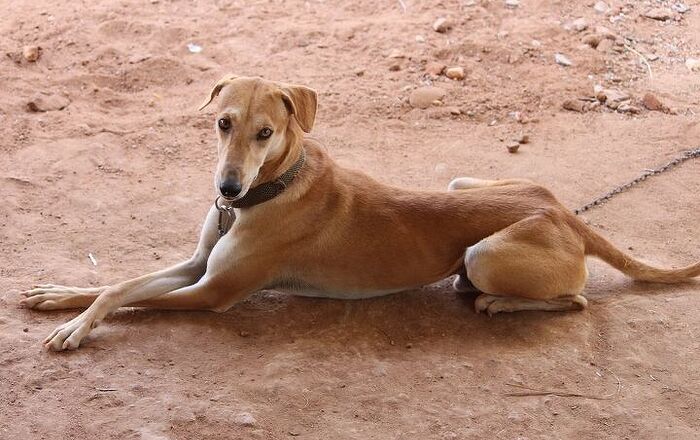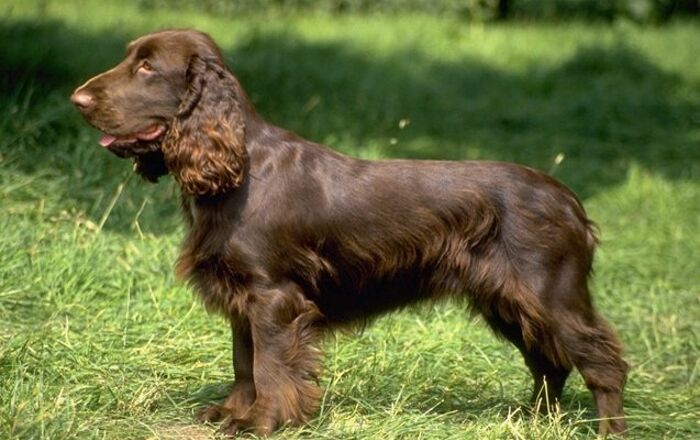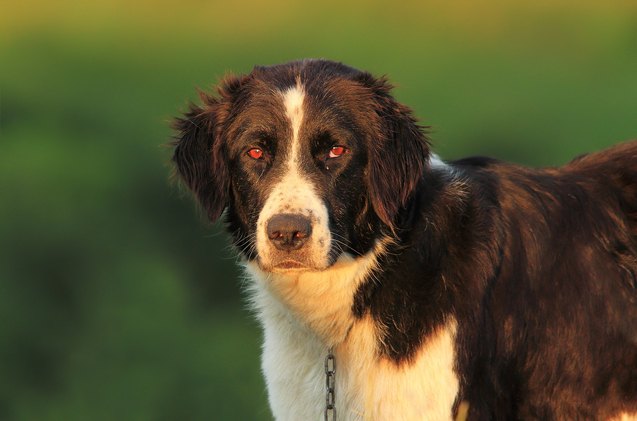
Bukovina Sheepdog Basics
The Bukovina Sheepdog was developed to guard livestock in the Carpathian Mountains, though it has become more popular in recent years as a watchdog and family pet. This breed is one of three Romanian shepherd dogs and it is the oldest of the three. Known for his gentle temperament and fearless nature, this breed has been known to go up against fearsome predators like wolves and bears, but he is still gentle and kind with children.
The Bukovina Sheepdog is known for his gentle temperament and fearless nature.
Origin
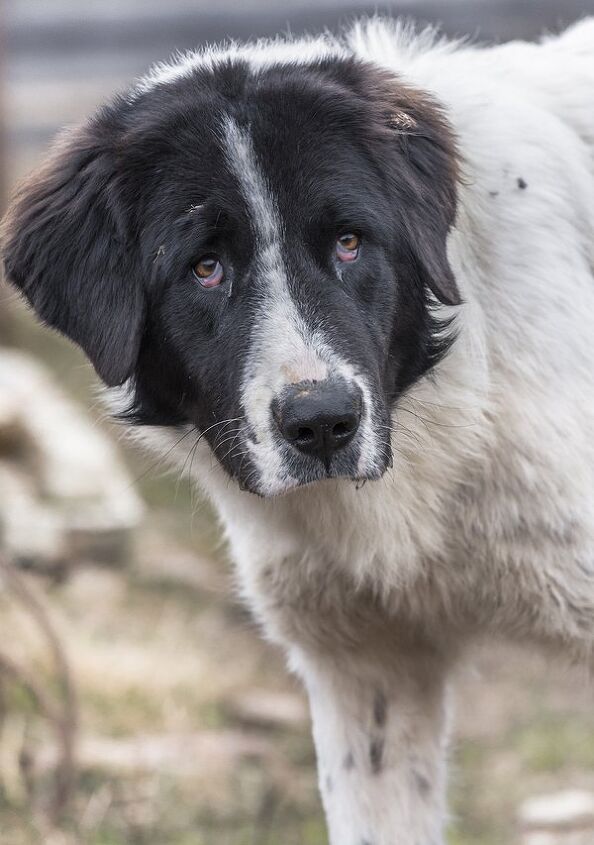
The Bukovina Sheepdog is native to the Carpathia region of northeastern Romania and thought to be a descendant of the Mastiff line of dog breeds. Known by several names, the first specimen of the breed was seen during the 18th century when he was kept as a livestock guardian. The first standard for the breed wasn’t written until 1982 and the breed has yet to be accepted by the AKC as most specimens of the breed are found in Romania.
Pedigree
The Bukovina Sheepdog is one of three Romanian shepherd breeds native to the Carpathian region. The other two breeds are the Mioritic Shepherd and the Carpatin Shepherd.
Food/Diet
As a giant breed, the Bukovina Sheepdog should be fed a high-quality dry food formulated for large or giant breeds. The Mioritic Shepherd and the Carpatin Shepherd is also a working breed, so he may do well on an active or working breed formula as long as you are careful about overfeeding to prevent obesity.
The Bukovina Sheepdog was developed to guard livestock in the Carpathian Mountains.
Training
The Bukovina Sheepdog is a very intelligent breed but, as a livestock guardian, he was developed to act independently. This being the case, these dogs can be a little stubborn or willful at times. The Bukovina Sheepdog requires an experienced dog owner with a firm hand in leadership. Training and socialization should begin at a very early age and should be continued throughout the dog’s life. These dogs do respond well to positive reinforcement training but you must maintain a strong position of authority. It is also recommended that you keep your training sessions fairly short as this breed tends to become bored with repetition and may turn stubborn or boisterous in protest. Rather than one long training session each day, break it up into shorter segments.
Weight
The Bukovina Sheepdog is a giant breed, standing between 25 and 31 inches tall and weighing up to 200 pounds at maturity. Males of the breed are a little larger than females in both height and weight. Males grow 27 to 31 inches tall and weigh up to 200 pounds while females stand 25 to 28 inches tall, weighing 110 to 180 pounds.
Temperament/Behavior
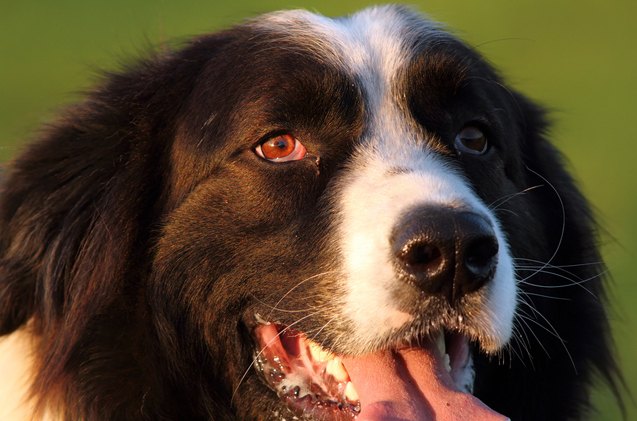
Though the Bukovina Sheepdog is a giant breed, he is anything but aggressive. These dogs are naturally calm and balanced in terms of temperament which makes them a great choice for families with children. This breed can be very protective, however, so he is likely to be aloof around strangers and may be protective of his perceived territory. The Bukovina Sheepdog has a very loud, penetrating bark that sounds threatening but it is meant to scare off predators and usually isn’t accompanied by any aggressive actions. This dog does require a firm and consistent leader due to his size and independent nature. This breed bonds closely with family and will stop at nothing to protect them.
Common Health Problems
The Bukovina Sheepdog is not known to have any specific health problems, but all dogs are prone to certain illnesses or conditions. Because the Bukovina Sheepdog is such a large dog, he is especially prone to musculoskeletal issues, especially if he grows too quickly or is subjected to rigorous exercise before his bones and joints are finished developing. This breed is also at-risk for bloat, also known as gastric torsion.
Life Expectancy
The average lifespan for the Bukovina Sheepdog is thought to be about 10 to 15 years.
Exercise Requirements
As a working breed, the Bukovina Sheepdog has fairly high needs for exercise. In the field, these dogs spend the entire day roaming the mountain side, protecting their flock. As such, they need a long daily walk and would also appreciate having a fenced yard in which to roam.
Bukovina Sheepdogs are naturally calm and balanced in terms of temperament.
AKC
The Bukovina Sheepdog is not currently recognized by the AKC but he is recognized by the FCI in Group 2 as a Mountain Type.
Coat
As a mountain breed, the Bukovina Sheepdog has a thick coat for protection against harsh weather. This breed has a thick, double coat that is dense and harsh on the outside and soft on the undercoat. The most common coat colors are black and white, often a combination of the two, though solid black and solid white dogs do happen.
Puppies
The average litter size for the Bukovina Sheepdog is 4 to 10 puppies. Because this is a giant breed, it often takes Bukovina Sheepdog puppies more than a year to reach their adult size. It is recommended that you feed puppies a large-breed puppy formula until they reach about 80% of their expected size and then switch to a large- or giant-breed adult formula. Bukovina Sheepdog puppies also need to be started with training and socialization as early as possible.
Photo credit: Gavroche_78/Bigstock; taviphoto/Bigstock

